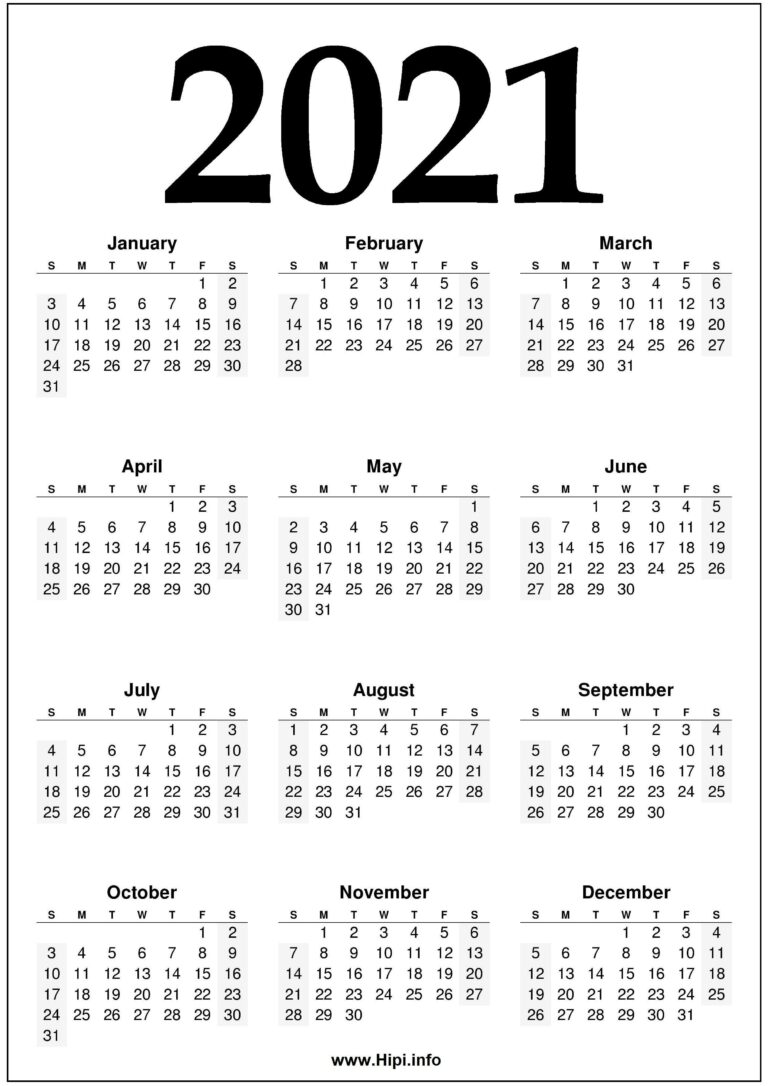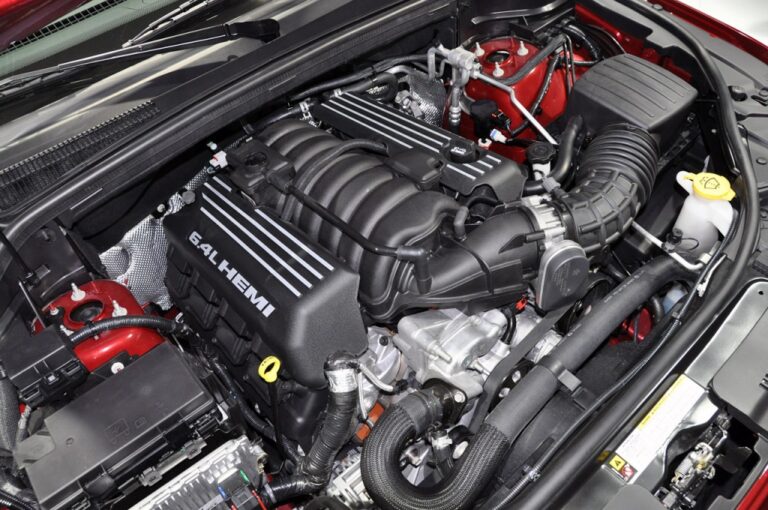Jeep Wrangler 2 Door Rear Seat Removal: Unleashing Your Jeep’s Full Potential
Jeep Wrangler 2 Door Rear Seat Removal: Unleashing Your Jeep’s Full Potential jeeps.truckstrend.com
The Jeep Wrangler, a timeless icon of adventure and freedom, is renowned for its off-road prowess and customizable nature. While the 2-door model offers a compact footprint perfect for navigating tight trails and urban jungles, its rear seating often presents a limitation: cargo space. For many Wrangler owners, the solution is simple yet transformative: Jeep Wrangler 2 Door Rear Seat Removal.
This comprehensive guide will delve into every aspect of removing the rear seat from your 2-door Jeep Wrangler. From understanding the benefits to a detailed step-by-step process, essential tools, and practical advice, we’ll cover everything you need to know to unlock a new level of versatility and utility in your beloved Jeep. Whether you’re an avid overlander, a weekend adventurer, or simply seeking more space for everyday essentials, mastering rear seat removal is a fundamental skill for any 2-door Wrangler owner.
Jeep Wrangler 2 Door Rear Seat Removal: Unleashing Your Jeep’s Full Potential
Why Remove Your Jeep Wrangler 2 Door Rear Seat? The Benefits Unlocked
While the rear seat serves its purpose for occasional passengers, its removal offers a multitude of advantages that can significantly enhance your Jeep experience.
- Expanded Cargo Capacity: This is arguably the primary reason for most owners. The 2-door Wrangler’s rear cargo area is notoriously limited with the seat in place. Removing it transforms this cramped space into a surprisingly generous, flat loading bay, ideal for gear, luggage, camping equipment, or even a dog bed. You’ll be amazed at how much more you can carry.
- Enhanced Versatility and Customization: A flat cargo area opens up a world of possibilities for customization. You can install custom storage drawers, a slide-out fridge, recovery gear organizers, or even a sleeping platform for impromptu camping trips. It transforms your Jeep from a passenger vehicle into a true utility rig tailored to your specific needs.
- Improved Cleaning and Maintenance: Let’s face it, Jeeps get dirty. Mud, sand, and trail dust find their way into every crevice. With the rear seat out, you gain unimpeded access to the entire rear tub, making vacuuming, hosing down, and deep cleaning significantly easier. This is especially beneficial for those who frequently venture off-road or have pets.
- Minor Weight Reduction: While not a massive change, removing the rear seat does reduce the overall weight of your vehicle. This can contribute to slightly better fuel efficiency and a minor improvement in power-to-weight ratio, which can be noticeable during challenging off-road maneuvers.
- Dedicated Space for Specific Activities: For solo adventurers or couples, the removed seat creates perfect dedicated space for specific hobbies like photography gear, fishing rods, mountain bikes (with front wheel removed), or even a small workbench for trailside repairs.

Understanding Your Jeep Wrangler 2 Door Rear Seat Mechanism
Before you grab your tools, it’s helpful to understand how the rear seat is typically secured in your 2-door Wrangler. While minor variations exist between generations (TJ, JK, JL), the core principle remains consistent:
The rear seat in a 2-door Jeep Wrangler is generally a single bench-style seat that latches or bolts directly to the vehicle’s floor pan. It’s designed to be removable, indicating that Jeep anticipated owners would want to free up that space.
- Seat Base: The bottom portion of the seat rests on the floor and is secured by several bolts. These bolts are usually easily accessible.
- Seat Back: The upper portion of the seat often has a latching mechanism that allows it to fold forward. In some models, the seatbelt receivers might be integrated into the seat assembly itself or bolted to the floor alongside the seat.
- Mounting Points: You’ll typically find 4 to 6 main mounting bolts securing the seat to the floor. These are robust bolts designed to withstand the forces associated with vehicle movement and potential impacts.

Tools and Materials Required for Rear Seat Removal

The good news is that removing your Jeep Wrangler’s rear seat requires only a few basic hand tools, making it a DIY project for almost anyone.
- Socket Wrench: A standard ratchet wrench is essential.
- Socket Set: You’ll need sockets in common metric sizes, typically 13mm, 15mm, or 18mm, depending on your specific Wrangler model year (e.g., JK models often use 13mm and 15mm, while JLs might use 18mm). It’s wise to have a full set handy.
- Extension Bar (Optional but Recommended): An extension for your socket wrench can be very helpful for reaching bolts that are recessed or in tight spots.
- Breaker Bar (Optional but Recommended): For stubborn or rusted bolts, a breaker bar provides extra leverage and can save you a lot of effort and frustration.
- Gloves: Protect your hands from grime and potential sharp edges.
- Safety Glasses: Always a good idea when working with tools, especially if bolts are tight.
- Small Container or Ziploc Bag: To store the removed bolts safely, preventing them from getting lost.
- Blanket or Tarp: To protect your Jeep’s interior or the seat itself once it’s removed.
- Penetrating Oil (e.g., WD-40, PB Blaster): Essential for rusted or seized bolts.
Step-by-Step Guide: How to Remove Your Jeep Wrangler 2 Door Rear Seat
Follow these steps carefully to safely and efficiently remove your rear seat. It’s always a good idea to have a friend assist, as the seat can be heavy and awkward to maneuver.
Step 1: Preparation and Safety First
- Clear the Area: Remove any floor mats, trash, or items from around and under the rear seat.
- Gather Your Tools: Lay out all the necessary tools within easy reach.
- Safety Gear: Put on your gloves and safety glasses.
- Open the Tailgate: This will provide ample space to slide the seat out.
Step 2: Unlatch and Fold the Seatback (if applicable)
- Many 2-door Wrangler rear seats have a latch that allows the seatback to fold forward, making it easier to access the mounting bolts. Locate the release strap or lever (often on the side or rear of the seat base) and pull it to unlatch and fold the seatback down.
Step 3: Locate and Remove Mounting Bolts
- Identify the Bolts: Look along the front edge of the seat base, near the floor, and sometimes on the sides or rear. There are typically 4 to 6 bolts securing the seat.
- Initial Loosening: Using your socket wrench and the correct size socket, begin to loosen each bolt. If a bolt is particularly tight or rusted, apply penetrating oil and let it soak for 5-10 minutes. A breaker bar will be invaluable here.
- Remove Bolts: Once all bolts are loosened, fully unscrew them. As you remove each bolt, immediately place it into your designated container or bag. This is crucial for keeping track of them for reinstallation.
- Check for Hidden Bolts: Double-check that all bolts are removed. Sometimes there might be a bolt tucked away under a carpet flap or a plastic cover.
Step 4: Disconnect Seatbelt Retainers (if attached to seat)
- In some models, the rear seatbelt receivers are bolted directly to the seat frame or a common mounting point with the seat. If this is the case, you will need to unbolt these as well. Use the appropriate socket (often a larger size than the seat bolts). Again, secure these bolts immediately.
Step 5: Lift and Remove the Seat
- Get Assistance: The rear seat, especially in JK/JL models, can be surprisingly heavy and cumbersome. It’s highly recommended to have a second person help you with this step.
- Careful Lifting: Grasp the seat firmly from both sides. Lift it straight up, clearing the mounting studs or alignment pins.
- Maneuver Out: Carefully pivot and slide the seat out through the rear tailgate opening. Be mindful of your Jeep’s paint and interior trim to avoid scratches. Use a blanket or tarp to protect surfaces if needed.
Step 6: Store Bolts and Seat Properly
- Bolt Storage: Ensure all bolts (and any washers or spacers) are securely stored in your container. Label it clearly as "Jeep Rear Seat Bolts."
- Seat Storage: Store the removed seat in a dry, clean place, such as a garage or shed. Cover it with a tarp or blanket to protect it from dust, dirt, and potential damage. Standing it upright against a wall can save space.
Important Considerations and Best Practices
- Safety First: Always prioritize safety. Wear appropriate gear and lift with your legs, not your back.
- Don’t Force It: If a bolt isn’t budging, don’t force it. You risk stripping the head or breaking the bolt. Apply more penetrating oil, let it soak longer, and use a breaker bar. Heat can also be used on extremely stubborn bolts, but exercise extreme caution and consider professional help.
- Protect Your Interior: Lay down a blanket or old towels around the seat base before you start to protect your carpet and plastic trim from scratches or greasy tools.
- Organize Bolts: Losing even one bolt can be frustrating and delay reinstallation. A magnetic parts tray or a clearly labeled Ziploc bag is your friend.
- Reinstallation is Reverse: Putting the seat back in is simply the reverse of the removal process. Ensure the seat aligns correctly with the mounting holes before attempting to thread the bolts. It’s crucial to hand-thread bolts first to avoid cross-threading, then tighten them securely.
- Legal & Insurance Implications: In most regions, it is perfectly legal to drive without a rear seat if no passengers are occupying that space. However, always check your local regulations. Regarding insurance, removing a seat typically doesn’t impact coverage unless it’s part of a significant modification that alters the vehicle’s primary function or safety features. When the seat is removed, it is legally a 2-seater vehicle.
- Increased Road Noise/Vibration: Without the dampening effect of the rear seat, you might notice a slight increase in road noise or vibrations coming from the rear of the vehicle, especially on rougher roads. This is generally minor but worth noting.
Tips for Maximizing Your Seat-Free Space
Once the seat is out, the real fun begins! Here are some ideas to make the most of your expanded cargo area:
- Custom Cargo Systems: Invest in or build a custom storage drawer system. These can provide secure, organized storage for tools, recovery gear, and camping supplies.
- Cargo Liner/Mat: A heavy-duty rubber cargo liner or mat will protect your Jeep’s floor from spills, scratches, and dirt, making cleanup even easier.
- Tie-Down Points: Consider adding extra tie-down points or a cargo net system to secure your gear, preventing it from shifting around during off-road excursions or sudden stops.
- Sleeping Platform: For overlanders, a simple plywood platform can transform the rear into a comfortable sleeping area for one, especially when combined with a front seat recline kit.
Potential Challenges and Troubleshooting
While generally straightforward, you might encounter a few hiccups:
- Rusted or Seized Bolts: This is the most common challenge.
- Solution: Apply liberal amounts of penetrating oil (like PB Blaster) and let it soak for at least 15-30 minutes, or even overnight if possible. Use a breaker bar for extra leverage. If extreme, a wire brush to clean the bolt head, then heat from a propane torch (with extreme caution to avoid damaging interior components) can sometimes help, but this is usually a last resort for DIYers.
- Lost Bolts:
- Solution: Visit your local Jeep dealership’s parts department or an online OEM parts retailer. Provide your VIN, and they can help you order exact replacements. Hardware stores might have suitable replacements, but OEM is always best for critical mounting points.
- Heavy or Awkward Seat:
- Solution: Always have a second person assist. Plan your lifting and exit path before you start.
- Seatbelt Retainers Stuck:
- Solution: Similar to main bolts, apply penetrating oil. Ensure you’re using the correct size wrench, as these bolts can be larger.
Cost Considerations for Jeep Wrangler 2 Door Rear Seat Removal & Optimization
While the act of removing the seat itself is free if you do it yourself, there are related costs to consider for tools or optimizing the newly available space.
| Item/Service | Description | Estimated Cost Range (USD) |
|---|---|---|
| DIY Removal (Time/Effort) | Your time and effort; no direct financial cost. | $0 |
| Professional Removal Service | Labor cost if a mechanic removes the seat for you. | $50 – $150 |
| Basic Tools | Socket wrench, socket set, extension bar, gloves. | $40 – $150 |
| Penetrating Oil | Can of WD-40 or PB Blaster for rusted bolts. | $5 – $15 |
| Cargo Area Liner/Mat | Heavy-duty rubber mat to protect the floor. | $80 – $200 |
| Cargo Management System | Aftermarket drawers, organizers, or custom builds. | $200 – $1000+ |
| Tie-Down Straps/Nets | Essential for securing gear in the open space. | $20 – $100 |
| Bolt Replacements (if lost) | Cost per bolt if you need to replace any. | $5 – $20 per bolt |
Frequently Asked Questions (FAQ)
Q1: Is it hard to remove the rear seat from a 2-door Jeep Wrangler?
A1: No, it’s generally considered an easy to moderately easy DIY project. The main challenges are often stubborn bolts or the weight of the seat itself.
Q2: How long does it take to remove the rear seat?
A2: For a first-timer with the right tools and no major issues, it typically takes 15-30 minutes. Experienced individuals can do it in under 10 minutes.
Q3: Do I need special tools?
A3: No "special" tools are required, just common hand tools like a socket wrench, appropriate sockets (13mm, 15mm, or 18mm are common), and possibly an extension or breaker bar.
Q4: Is it legal to drive without the rear seat in my Jeep?
A4: In most places, yes, it is perfectly legal to drive without the rear seat installed, as long as no one is attempting to occupy that space. Your vehicle effectively becomes a 2-seater. Always check local traffic laws if unsure.
Q5: Does removing the seat affect my car insurance?
A5: Typically, removing a rear seat does not significantly affect your insurance, as it’s considered a minor, reversible modification. However, if you’re undertaking major structural modifications or permanently altering the vehicle’s capacity, it’s always wise to inform your insurer.
Q6: Will removing the rear seat make my Jeep noisier?
A6: You might notice a slight increase in road noise or vibrations from the rear without the sound-dampening effect of the seat, but it’s usually not a significant difference.
Q7: Can I put the seat back in easily?
A7: Yes, reinstallation is simply the reverse of the removal process. As long as you kept all the bolts and remember the general orientation, it’s quite straightforward.
Q8: What should I do with the removed seat?
A8: Store it in a dry, clean place like a garage or shed. Cover it with a tarp or blanket to protect it from dust and damage. If you don’t plan to reinstall it, you might consider selling it or storing it for potential future resale of the vehicle.
Q9: Does this process apply to all 2-door Wrangler models (TJ, JK, JL)?
A9: The general principles and steps are very similar across TJ (1997-2006), JK (2007-2018), and JL (2018-Present) 2-door Wrangler models. The main differences will be the specific socket sizes for the bolts and minor variations in latching mechanisms. Always refer to your owner’s manual for model-specific details.
Conclusion
Removing the rear seat from your 2-door Jeep Wrangler is a simple yet incredibly impactful modification that unlocks a new realm of utility and versatility. By freeing up valuable cargo space, you transform your iconic off-roader into an even more capable companion for adventures, daily tasks, or specialized hobbies. With just a few basic tools and a little effort, you can customize your Jeep to better suit your lifestyle, making every journey more efficient and enjoyable. So, go ahead, unbolt that seat, and truly unleash the full potential of your Jeep Wrangler. The open road (and trail) awaits!





